Snorgan combines a waveform (selected from an internal bank of sixteen) with a secondary harmonic tone. The combined signal is sent through dual 2-pole filters and a delay/flanger effect. The filters' cutoff frequencies and the delay length can be modulated by low frequency oscillators.
__________________________________________________
Panel Reference
[tone]
The starting point of Snorgan's sound: select one of Snorgan's 16 waveforms (split into two banks of eight waveforms) The octave knob allows you to change the pitch of the sound by up to two octaves higher or lower. The tone of the sound can be modified with the brightness knob.
[harmonic]
A secondary tone: the pitch knob controls the frequency of the secondary tone relative to the primary tone. The decay knob controls how fast the volume of the secondary tone falls, the level knob controls the overall volume of the secondary tone.
[filter]
Actually two filters running in parallel, the dice/slice switch selects bandpass/band reject and high pass/low pass respectively. The filters' cutoff and resonance can be adjusted with the frequency and Q knobs.
The filters' cutoff frequency is modulated by an LFO, controllable with the rate and depth knobs. When the mono/stereo switch is in the stereo position the cutoff frequency in the left output falls as the cutoff in the right output rises, and vice versa.
[damage]
Injects some noise into the signal path and simultaneously distorts the sound a little. The white/pink switch selects the colour of the noise, the level knob affects how 'damaged' Snorgan sounds.
Note: depending on the settings in the filter and flange sections the effect of the damage settings can vary considerably.
[flange]
A simple stereo delay effect which is applied to only one of the filter outputs in the filter section. When the filter switch is in the dice position the topsy setting causes the flange effect to be applied to the bandpass filter, the band reject filter is affected when turvy is selected. If slice is selected in the filter section, topsy and turvy cause the highpass and lowpass filters to be affected respectively.
The delay time and feeback can be adjusted with the manual and feedback knobs.
The delay time is also modulated by an LFO controllable with the rate and depth knobs. When the mono/stereo switch is in the stereo position the delay time in the left output falls as the delay time in the right output rises, and vice versa.
[volume]
The volume of the sound is shaped by a standard ADSR envelope. The width slider adjusts the stereo spread of the left and right outputs. The level knob controls Snorgan's overall volume.



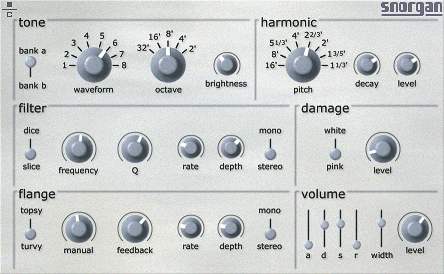
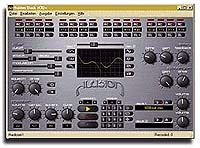
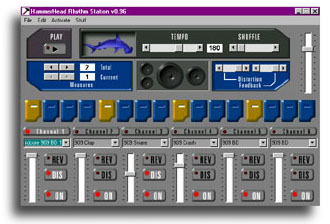
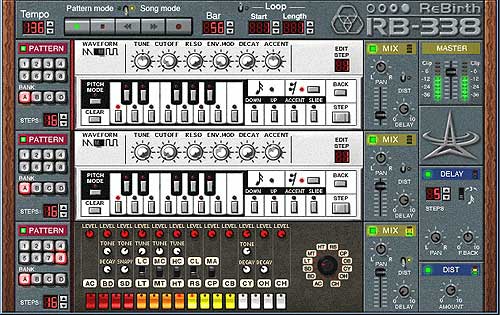
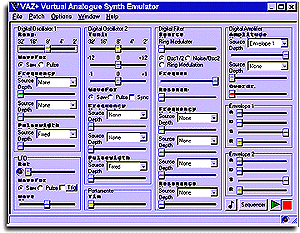
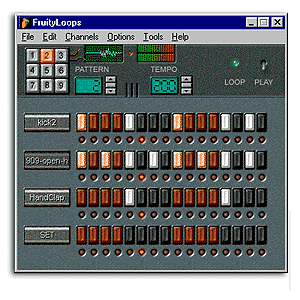
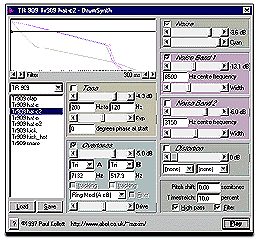
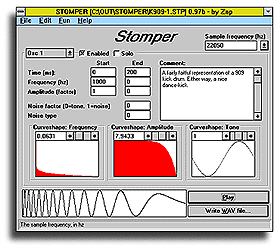
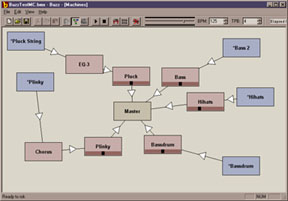
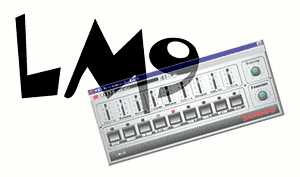

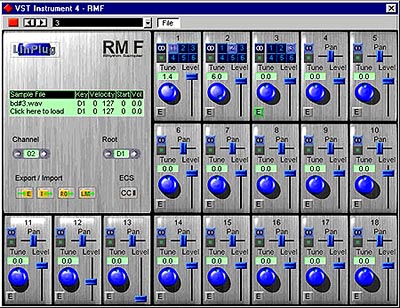
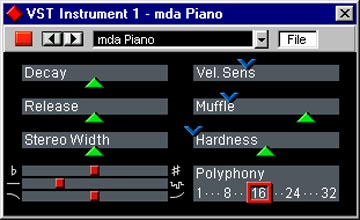
0 comments
Add review/comment